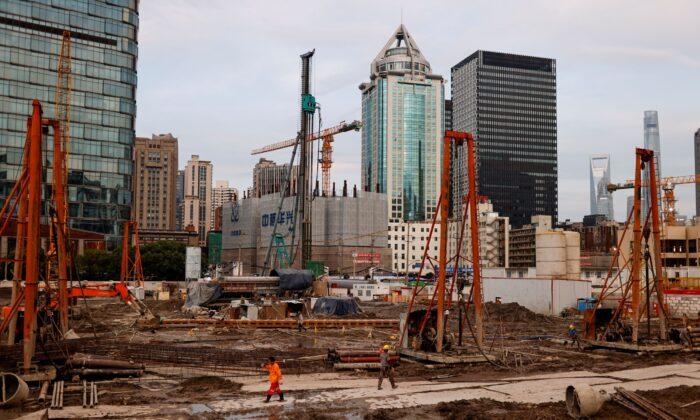The Asian Development Bank (ADB) has lowered its 2021 economic growth outlook for developing economies in Asia, a region weakened by the rapid spread of new COVID-19 variants.
The region’s economy will expand by 7.1 percent this year, down from the 7.3 percent forecast in April, the ADB said in its Asian Development Outlook Update released on Wednesday.
The bank projected that the region’s growth will slow to 5.4 percent in 2022.
“Developing Asia remains vulnerable to the COVID-19 pandemic,” Joseph Zveglich, acting chief economist at ADB, said in a related statement. “New variants spark outbreaks, leading to renewed restrictions on mobility in some economies.”
The ADB report said that a resurgence in COVID-19 “possibly due to new virus variants, waning effectiveness of vaccines, or slow progress on vaccination” is the main risk faced.
The ADB said the region’s recovery has been uneven. East Asia has boosted exports because of the global demand surge, while Southeast Asia has struggled to contain virus outbreaks.
COVID-19 cases, caused by the CCP (Chinese Communist Party) virus, commonly known as the novel coronavirus, have risen in developing Asia since the Delta variant emerged in April.
“Policy measures should not only focus on containment and vaccination, but also on continuing support to firms and households and reorienting sectors,” Zveglich said.
The growth forecast for China, the region’s largest economy, remains 8.1 percent in 2021 and 5.5 percent next year.
The debt crisis faced by China’s property developer Evergrande was noted by the bank. It has rattled global markets and requires “careful monitoring,” said Abdul Abiad, director of the ADB’s Macroeconomic Research Division.
“Housing is an important component of the Chinese economy,” Abiad said.
He added that, if the property sector is impacted, there could be a ripple effect on the Chinese economy.
Outlooks for Hong Kong, South Korea, and Taiwan for this year were upgraded by ADB.
Meanwhile, Southeast Asia’s forecast was cut to 3.1 percent from 4.4 percent, owing to lower projections for Indonesia, Malaysia, Thailand, and Vietnam. The Pacific subregion was similar.
ADB said it expected economic growth of 8.8 percent in South Asia this year, compared with the 9.5 percent forecast in April for the subregion (as part of that, India’s growth rate this year was lowered to 10 percent from 11 percent). However, the overall outlook for South Asia in 2022 has improved to 7 percent from 6.6 percent.
The economic growth outlook for Central Asian economies this year is raised to 4.1 percent from 3.4 percent projected in April, the bank said.
Inflation is projected at 2.2 percent in 2021 and 2.7 percent in 2022. A current trend of higher international commodity and food prices could stoke inflation in some of the region’s economies, the ADB warned.




